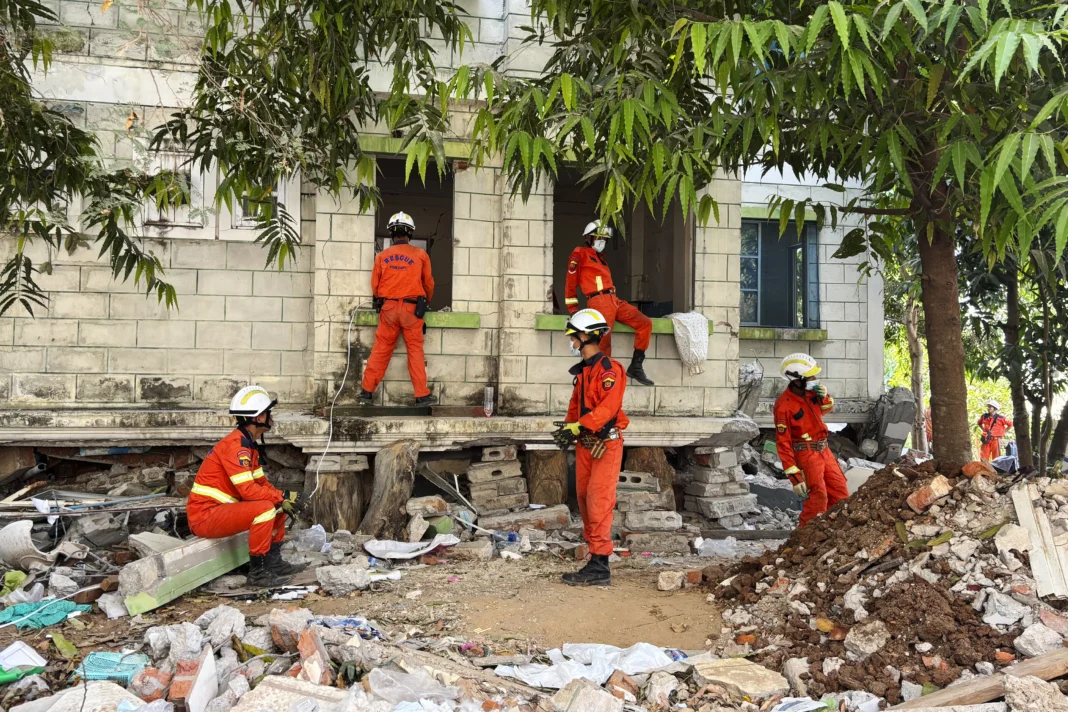Local Media Reports of Casualties: A Cause for Concern
In recent times, we have seen an increase in the number of conflicts and disasters around the world. With the rise of social media and 24-hour news coverage, it is no surprise that we are constantly bombarded with reports of casualties. However, what is concerning is the stark difference between the local media reports of casualties and the official figures. This has raised questions about the accuracy and reliability of the information being presented to the public.
The local media, which includes newspapers, television, and online news outlets, have been reporting significantly higher numbers of casualties compared to the official figures released by government agencies. This has been observed in various incidents, ranging from natural disasters to terrorist attacks. For instance, during the recent earthquake in Nepal, the local media reported a death toll of over 10,000, while the official figures stood at around 9,000. Similarly, in the aftermath of the Paris terrorist attacks, the local media reported a much higher number of casualties than the official figures released by the French government.
This discrepancy in numbers has caused confusion and panic among the public. People are left wondering which source to trust and what the actual situation is. It also raises concerns about the credibility of the local media and their reporting methods. Are they exaggerating the numbers for sensationalism? Or are they relying on unreliable sources for their information?
One possible explanation for this difference in numbers could be the lack of coordination and communication between the local media and government agencies. In times of crisis, it is understandable that government agencies are overwhelmed with the task of rescue and relief operations. They may not have the time or resources to provide accurate and timely updates on the number of casualties. On the other hand, the local media, in their quest to be the first to report, may rely on unverified sources or make assumptions based on the severity of the situation.
Another factor that could contribute to this disparity is the definition of “casualties”. While government agencies may only consider deaths as casualties, the local media may also include injuries and missing persons in their reports. This difference in definition can lead to a significant gap in the numbers.
Whatever the reasons may be, the fact remains that the local media reports of casualties being much higher than the official figures is a cause for concern. It not only creates confusion and panic among the public but also undermines the credibility of the media. In times of crisis, the public relies on the media to provide accurate and timely information. If the media fails to fulfill this responsibility, it can have serious consequences.
Therefore, it is crucial for the local media to exercise caution and responsibility in their reporting. They must verify their sources and cross-check information before publishing it. Sensationalism and exaggeration should not be the driving force behind their reporting. Instead, they should focus on providing accurate and reliable information to the public.
At the same time, government agencies should also make an effort to communicate with the media and provide timely updates on the situation. This will not only help in reducing the disparity in numbers but also build trust between the government and the media.
In conclusion, the difference between local media reports of casualties and official figures is a cause for concern. It is essential for the media to uphold their responsibility of providing accurate and reliable information to the public. At the same time, government agencies should also make an effort to communicate effectively with the media. Only then can we ensure that the public is well-informed and not misled by conflicting reports. Let us work together towards creating a more transparent and trustworthy media landscape.



